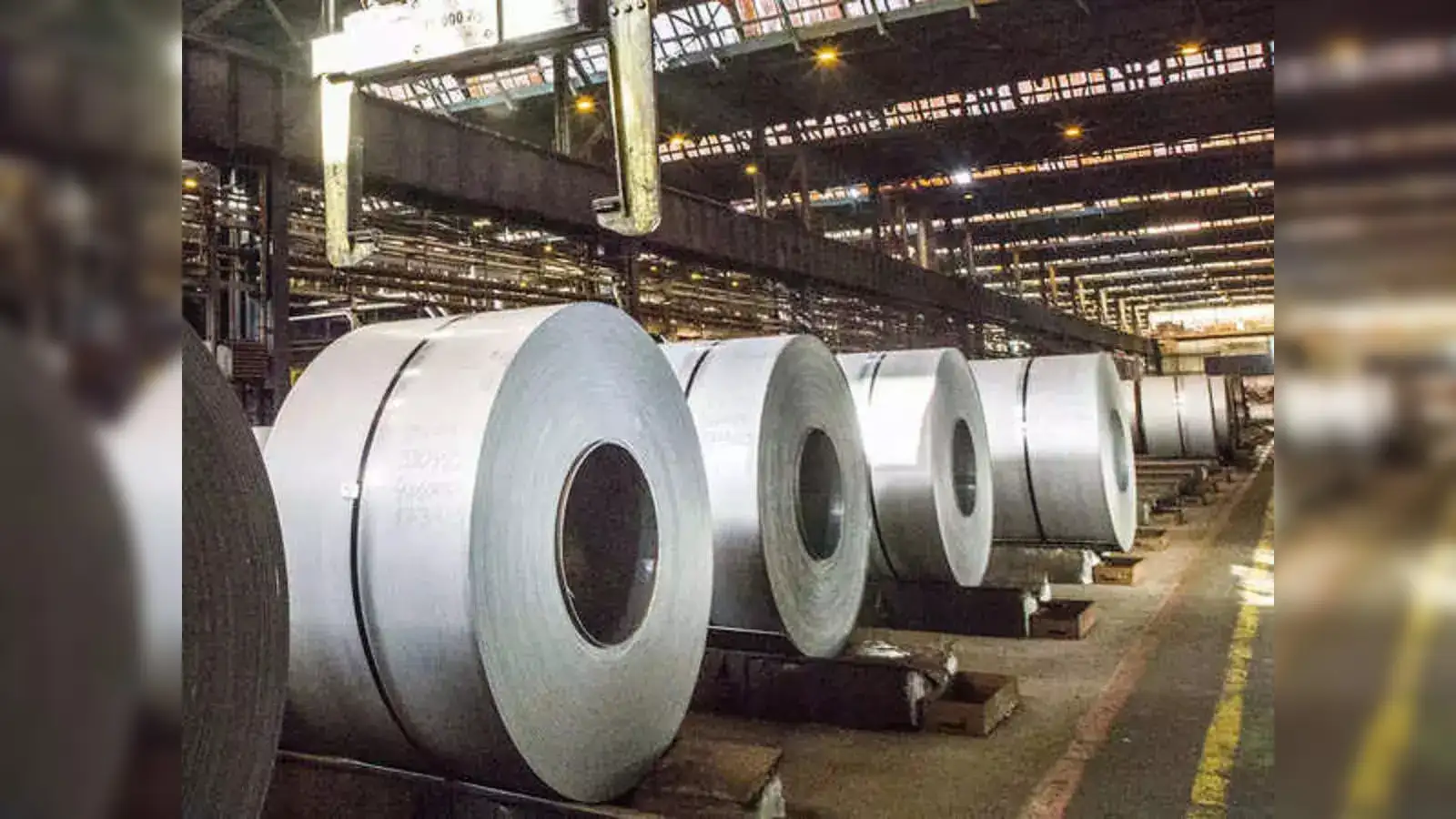
Context
Currently, the Indian steel industry is under pressure because of increased levels of import, especially from China. For this reason, leading steel manufacturers in India have been forced to apply pressure on the government to enhance protective measures. While analyzing the prospects for Indian steel producers in the context of the changing supply structure in the global market of steel production and distribution, the importance of understanding the significance of such changes in the future is sensitive.
Current State of the Indian Steel Industry
- Rising Imports and Market Dynamics: India, especially has become an importer of steel only recently; and the imports are touching dangerous levels.
- India imported a record 3.7 million metric tons of finished steel in the current fiscal year ending in March 2024 for the first time in six years.
- This is majorly owed to lower manufactured imports especially from China which recorded its highest import since April to August 2024.
- The situation has recently raised eyebrows of the Indian Steel Association (ISA) that has stated that low-priced imported steel threatens the ailing domestic steel producers.
Economic Impact on Domestic Producers
- The price war has enabled China to flood the Indian market with its steel products thus reducing the ability of domestic players to charge appropriate prices.
- For example, Cold Rolled Steel dropped from ₹ 71,000 per ton in December 2021 to ₹ 57,400 in August 2024. Hot-rolled coil prices too had slumped from ₹66,000 to ₹50,300 in the same period.
- This price decline is due to low market demand and growing competition presented by imported steel, has led to the price undercutting by domestic producers.
Government Response and Initiatives
- Ongoing Discussions with the Finance Ministry: H.D. Kumaraswamy, the Steel Minister has accepted the above impacts of import for the country’s steel industry and has also stated that ongoing consultations are being held with the finance minister for optimization of the issues. There are different strategies and proposals, which the government is studying to cushion the blow on local industries wrought by the cheap Chinese steel while at the same time weighing the larger picture of the effect it has on the general economy.
- Anti-Dumping Measures: This has been done as a strategic measure in reaction to some exporters whose prices for steel products are below the average industry price; this has led to the Indian government to launch anti-dumping investigations against some countries. For instance, there is an anti-dumping investigation going on for Vietnam, however, it has been termed by experts as inefficacious since the excess inventory period and excess productive capacities amongst exporters are already high.
Broader Implications for Trade and Industry
- Impact on Global Steel Market: It is also not just an India specific issue that Chinese steel exports have increased; it is part of a global phenomenon. Other countries such as Japan and the European countries are also facing similar issues while trying to reduce their imports of goods from China by using protective tariffs and other barriers. For instance, to protect its industries, the U.S has established a 25% tariff on steel originating from china.
- Future Prospects for Indian Steelmakers: This basically defines the future of the Indian steel makers and their ability to address these disruptions and threats while at the same time exploring opportunities in the domestic markets. However, it has been testified that there is still a large potential for development if protective measures can be effectively enforced as demands on infrastructure development and construction projects are increasing rapidly in India.
Conclusion: Navigating Challenges Ahead
The call by Indian steelmakers for protective measures against rising Chinese imports underscores a critical juncture for the industry. As they face unprecedented competition from abroad, it is essential for both industry leaders and policymakers to collaborate on strategies that ensure the sustainability and competitiveness of India’s steel sector. Implementing effective tariffs and other protective measures could provide much-needed relief and support the long-term growth trajectory of this vital industry.
Source: The Hindu bl
